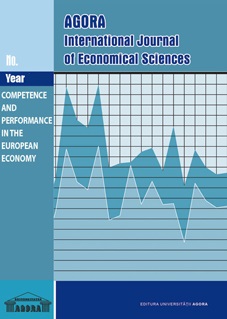EXCHANGE-TRADED FUNDS (ETFS) OPTIMIZATION WITH RISK PARITY STRATEGIES
DOI:
https://doi.org/10.15837/aijes.v19i1.7163Abstract
This paper explores the application of the Risk Parity methodology to portfolios constructed using Exchange-Traded Funds (ETFs). In the world where the market is becoming more and more global, it is becoming more dynamic in terms of portoflio recalibrations, bringing resilience in terms of values. In other words, is it important to consider only a short holding period, and adapt the asset allocationn. In opposition to typical capital-weighted techniques, risk parity reallocates portfolio weights to ensure that each asset contributes an equal amount of risk. The study builds and assesses risk parity portfolios using ten assets that comprise the majority of the EA Bridgeway Blue Chip ETF (BBLU). The process entails assessing the volatilities and correlations of specific ETFs, adjusting portfolio weights to balance risk contributions, and back testing performance under different market scenarios. Empirical data shows that risk parity portfolios outperform standard allocation approaches in terms of diversification, drawdowns, and the stability of risk-adjusted returns. This research illustrates Risk Parity's potential as a strong framework for managing ETF portfolios in both institutional and individual investing settings.



